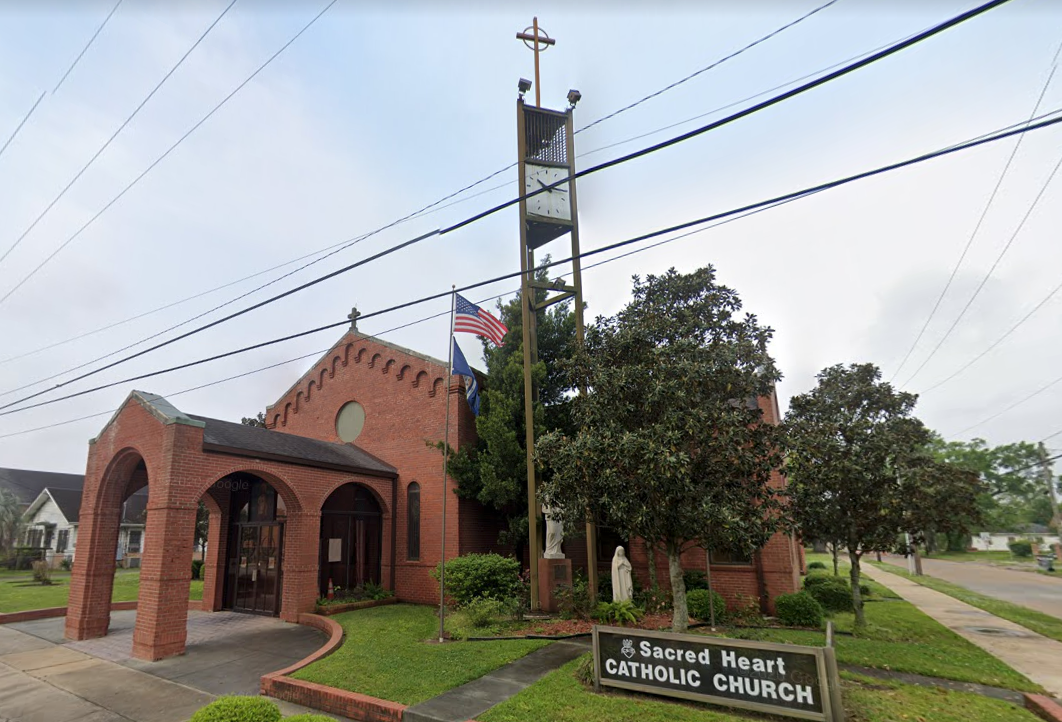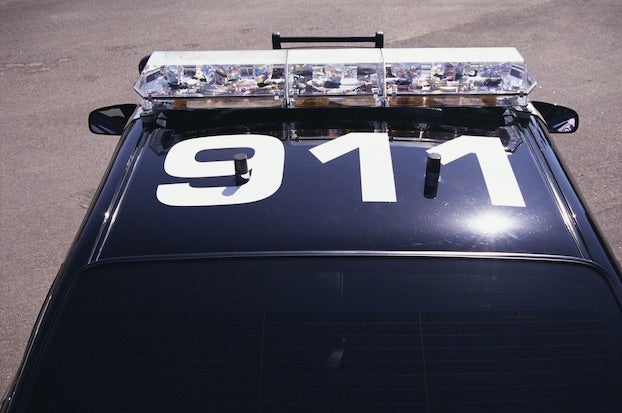Sacred Heart Church added to ‘endangered places’ list
Published 9:05 am Saturday, January 13, 2024

- Sacred Heart Catholic Church, Lake Charles, La. (Googlemaps.com)
Sacred Heart of Jesus Catholic Church and Convent, 610 Louisiana Avenue, has been added to the Louisiana Trust for Historic Preservation List of Most Endangered Places. Site selection is based on historic integrity, and the hope the Trust’s advocacy will result in attention regarding the preservation of not only bricks and mortar but also the people, their memories, history and their culture.
Being on the list also signals to developers that this is a property with space that can be utilized for other purposes, even to produce income. Significant federal and state tax credits — up to 55 percent in some cases when credits are combined — are available for approved applicants-developers.
“We’ve been doing this for the past 25 years,” Brian Davis, Louisiana Trust for Historic Preservation executive director, said about the Endangered List.
Also on the list in this area is the Lorraine Bridge, which has been restored. The Sabine Pass Lighthouse is being restored. Andrew Tinger is a big proponent of working and helping raise funds for that project, according to Davis. In DeQuincy the Grand Avenue School Gymnasium is on the endangered list and funding is being sought to restore that site. (At one time there was a Rosenwald School wooden school on the Grand Avenue property, but the gym is all that remains. In the South, a Rosenwald school was the first in the community for African American students. The name comes from Julius Rosenwald, the man who helped raise money for these schools in the early to mid-1900s.
Damaged, now endangered
In the summer of 2022, the American Press ran a story about the rectory that said the Sacred Heart of Jesus Gym has been labeled beyond reasonable repair after damage from the hurricanes and would be demolished. The church, convent, offices, library and school building roofs were replaced with plans to tackle interior repairs.
Three years after the 2020 hurricanes that made landfall just 12 miles and six weeks apart, repairs from the storm damage remain unfinished.
Ina F. Lelahoussaye nominated the church and convent for the Endangered list in 2022. During the first quarter of each year, nominations are reviewed. Generally, Davis, who has a background in architecture, visits each site to get a better understanding of what the threats are and to do some research.
“The plan was just to visit and list the church,” Davis said. “It was built in 1941, and I suggested they include the convent. It was built in 1913.”
The foundation of Sacred Heart of Jesus Parish goes back to 1890, according to the history highlights from the Louisiana Trust for Historic Preservation. The Rev. Arthur Drossaets, pastor of Immaculate Conception Parish, initiated services to a number of Black Catholic families on Sunday afternoons. The first full-time teacher was hired in 1908. Eleanor Figaro was the first Black woman in the South to be awarded the medal “Pro Ecclesia et Pontifice,” the highest honor for distinguished service that could be obtained by women. The current church sanctuary was designed by Dunn and Quinn Architects and Engineers of Lake Charles and dedicated in February 1941.
Davis describes the list as an advocacy tool, a way to show local community, donors and grantors historically important sites, and issue a heads up that this part of history could be lost. “Once it’s on the list, it stays on the list until it’s saved or no longer threatened, ” he said.
Also part of the site visit is to look at the pieces, to see if there is another use. The convent is already set up for offices or classrooms. Space could be used for apartments or a shelter that could benefit the community. The preservation does not mean the building will be used as it has traditionally been used.
State historic tax credits could help preservation efforts up to 25 percent in cities, 35 percent in rural areas. For example, if repair/preservation/
To receive the tax credit, plans must be received and approved before work begins. State credits can be sold to churches and nonprofits for 85 cents or more on the dollar. Sometimes state credits can be combined with federal credits (a separate application), and developers receive as much as 55 percent tax credits for approved expenses in qualified districts for qualifying properties.
Nominations for 2024 Most Endangered Places are now open on a rolling basis but close March 3. Go to http.org to find out more about this list and state historic preservation tax credits.





